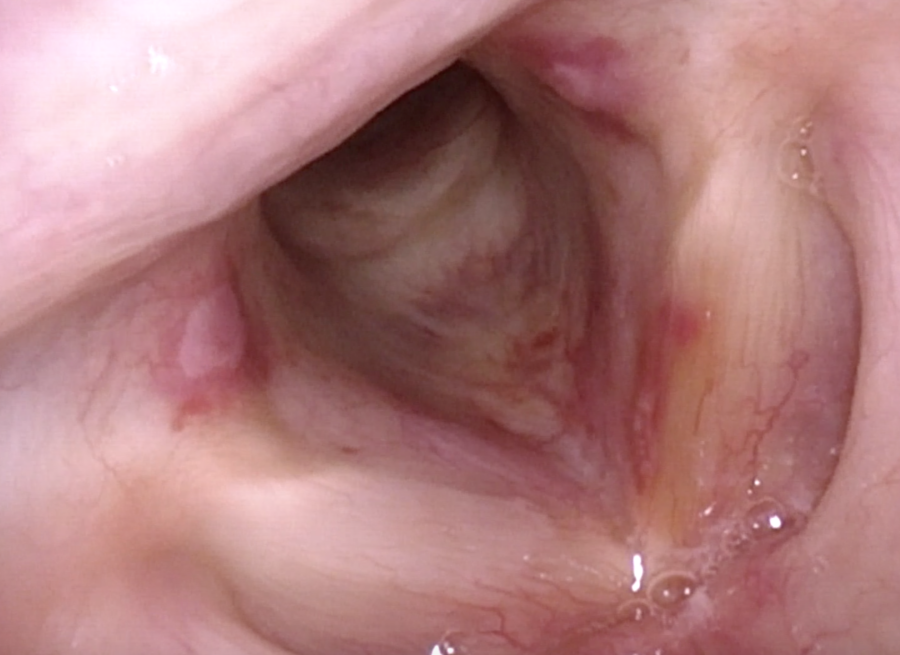Intubation trauma, intubation damage
Intubation voice disorder – What is it?
Intubation voice disorder (intubation trauma) is an injury to the vocal folds caused by a tube during general anesthesia. All over the world, thousands of people receive general anesthesia every day. When you give a general anesthetic, you have to secure the airway. This means anesthesiologists place a tube from the mouth, down the throat and larynx, and into the trachea. When this tube is inserted, injury can occur. Intubation trauma is a common name for this injury to the vocal folds, as a direct result of intubation. The voice becomes hoarse, brittle, or is sometimes gone altogether.
How might intubation affect my voice?
A small plastic breathing tube (called an endotracheal tube) is inserted into your throat to help you breathe during your operation or illness. The tube passes through the vocal cords within your windpipe. For some patients this can cause the windpipe to become inflamed and the healthy mucous that coats the vocal cords to keep them mobile can thicken.
These injuries may include swelling, simple inflammation, hemorrhage and even tissue damage or, as a possible late consequence after long-term intubation, the development of nodules, scars or intubation granulomas. Intubation granulomas do not reach their disturbing size until several weeks after extubation.
Injuries to the vocal fold due to intubation


